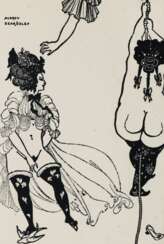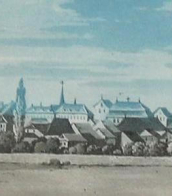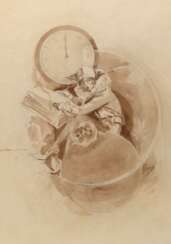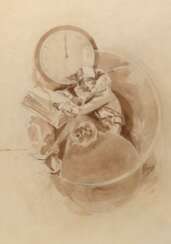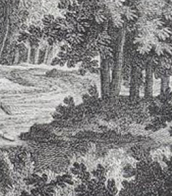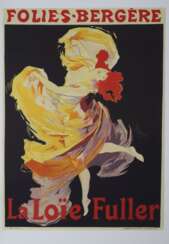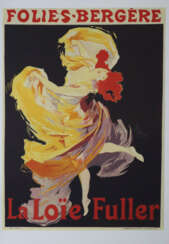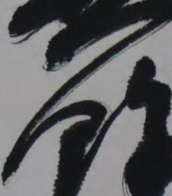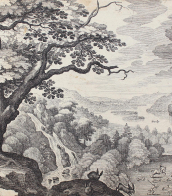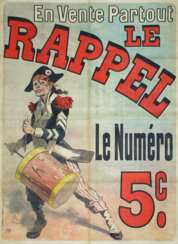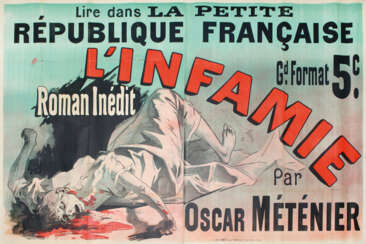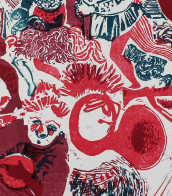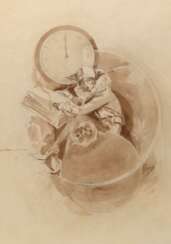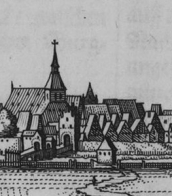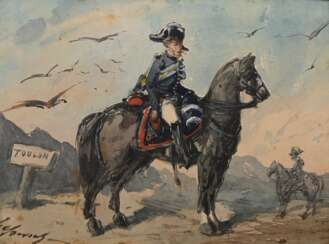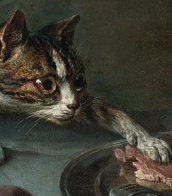jules chéret (1836 - 1932)
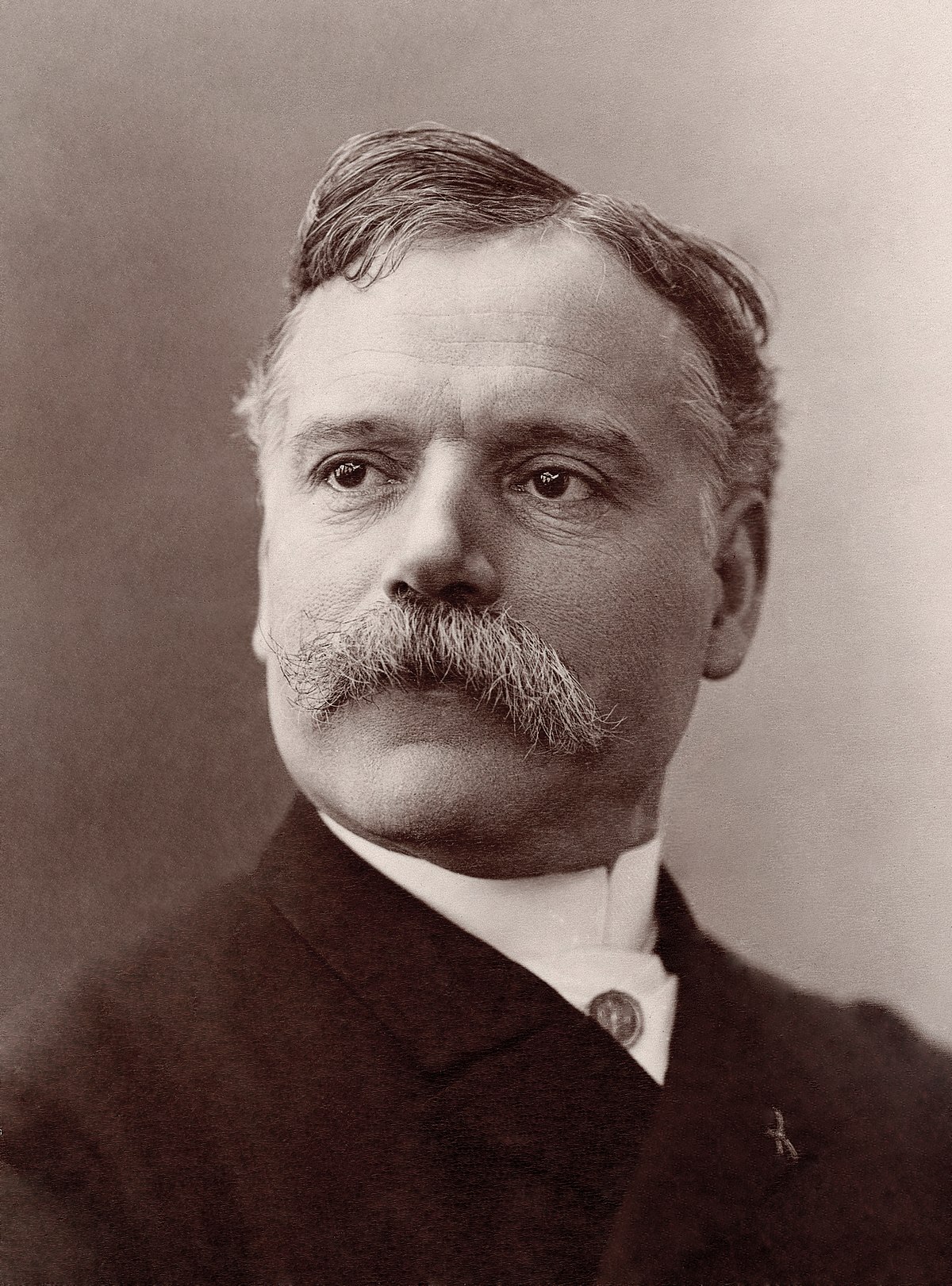
Jules Chéret, a French artist and lithographer, revolutionized the world of advertising and poster art in the late 19th and early 20th centuries. Born in Paris in 1836, Chéret's innovative techniques and vibrant style earned him the title of "the father of the modern poster," a distinction that highlights his significant contributions to the graphic arts. His work was greatly influenced by the Rococo movement, drawing inspiration from artists like Jean-Honoré Fragonard and Antoine Watteau, which is evident in his joyful and lively representations of women, known as 'Chérettes.' These figures broke away from traditional depictions, celebrating femininity with elegance and a sense of freedom, thereby contributing to a more open atmosphere in Parisian society.
Chéret's mastery of lithography, a printing technique he believed would dominate over traditional letterpress, allowed for the production of colorful and dynamic posters. His approach to lithography was revolutionary; he simplified the chromolithographic process by using three primary colors and treated the limestone with a painterly technique that included animated brush lines and soft washes. This enabled him to produce posters that were not only advertisements but also highly regarded pieces of art. His first major commission came in 1858 for Jacques Offenbach's "Orpheus in the Underworld," marking the beginning of a prolific career that would redefine poster art.
Chéret's legacy is vast, with his works now coveted by collectors and art enthusiasts around the world. In 1895, he created the "Maîtres de l'Affiche" collection, which featured smaller reproductions of the best works by ninety-seven Parisian artists, further cementing his impact on the art world. His influence extended to inspiring a new generation of artists, including Henri de Toulouse-Lautrec and Charles Gesmar. Despite his passing in 1932 in Nice, Chéret's contributions to art and culture remain celebrated, and his innovative posters continue to be a source of fascination and admiration.
For collectors and experts in art and antiques, Chéret's work represents a pivotal moment in the history of graphic design and advertising, blending artistic merit with commercial appeal in a way that was groundbreaking for its time. His posters, characterized by vibrant colors, dynamic compositions, and a distinctively cheerful and liberated portrayal of women, offer a glimpse into the cultural and social milieu of Belle Époque Paris.
If you're intrigued by Jules Chéret's work and wish to explore more about his contributions to art and advertising, consider signing up for updates on new product sales and auction events related to his work. This subscription will provide you with the opportunity to deepen your understanding of Chéret's legacy and perhaps even add a piece of his history-making art to your collection.



